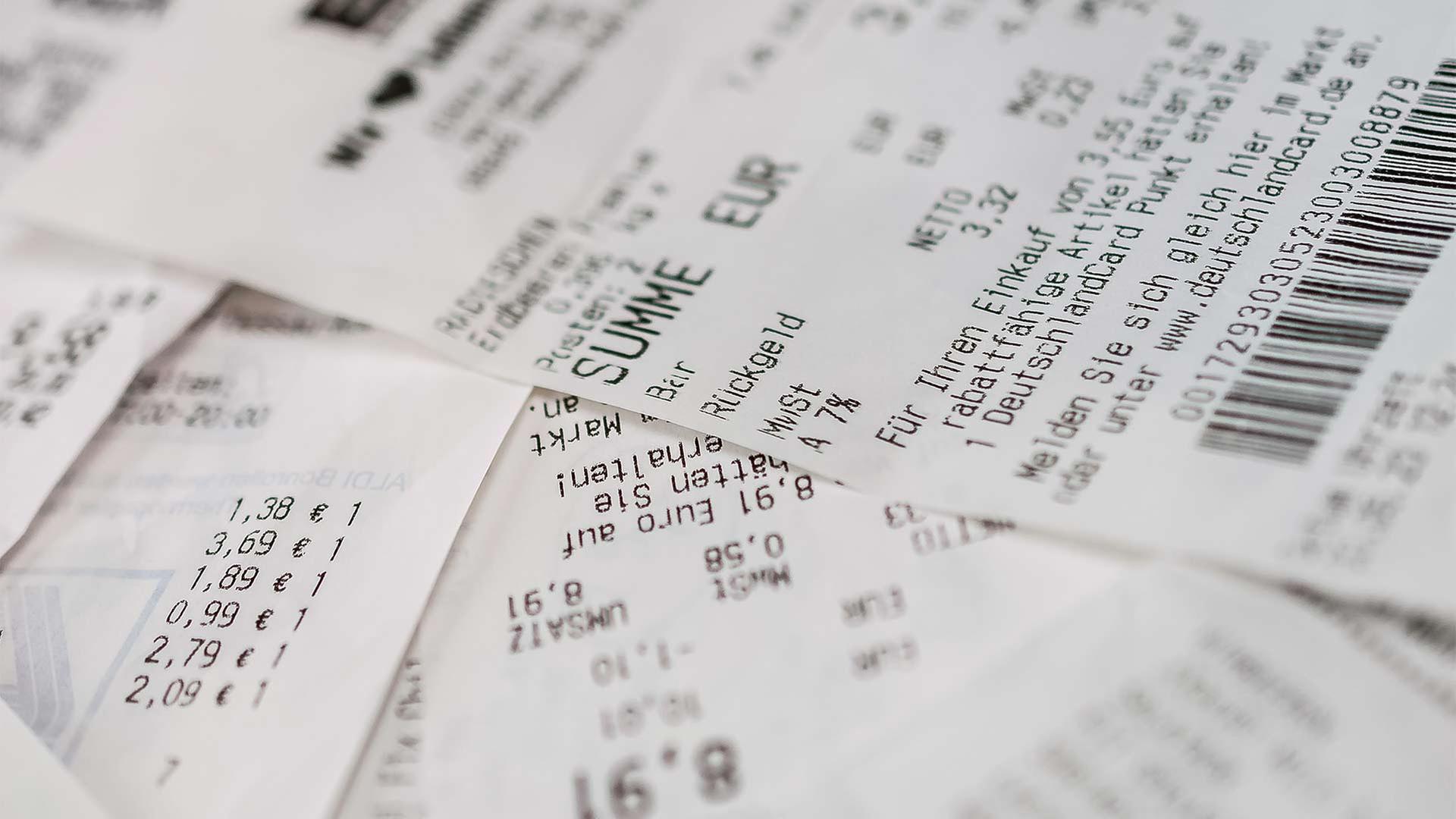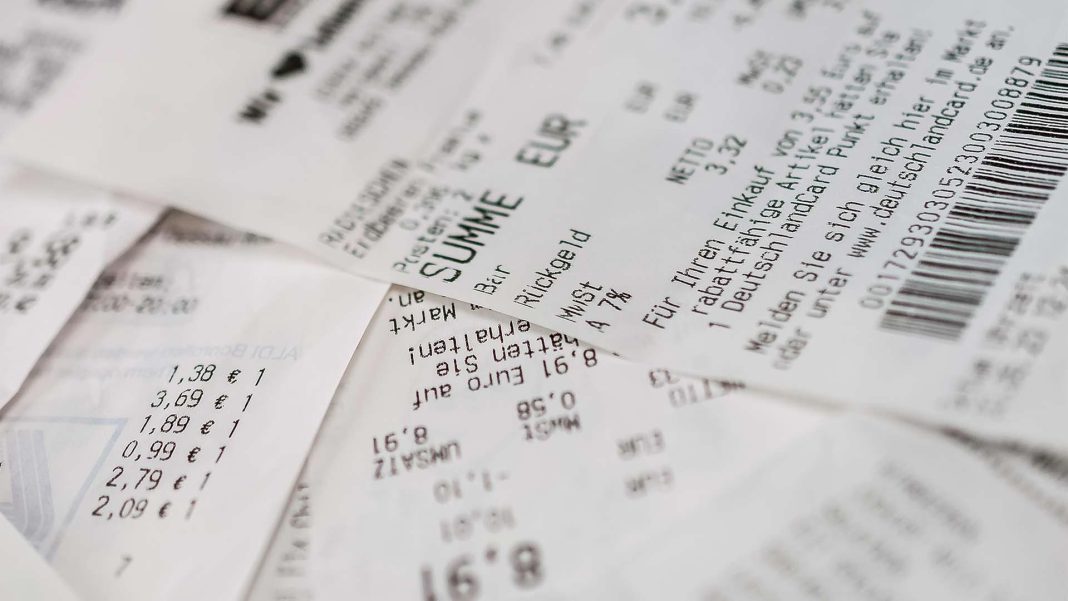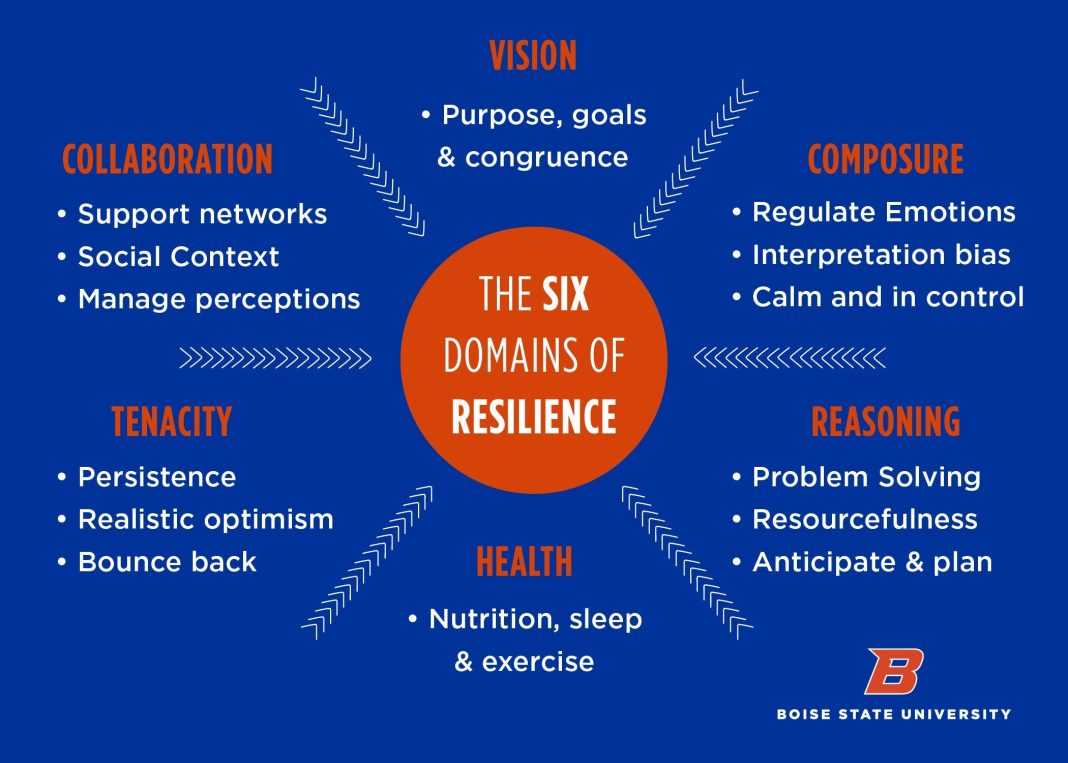 Australia’s headline inflation has shown growth in the June quarter, according to data from the Australian Bureau of Statistics (ABS). The consumer price index (CPI) rose by 3.8 percent in the 12 months to the June 2024 quarter, up from 3.6 percent in the previous quarter. Despite this increase, economists predict that there will be no interest rate hike in August.
Australia’s headline inflation has shown growth in the June quarter, according to data from the Australian Bureau of Statistics (ABS). The consumer price index (CPI) rose by 3.8 percent in the 12 months to the June 2024 quarter, up from 3.6 percent in the previous quarter. Despite this increase, economists predict that there will be no interest rate hike in August.
The rise in headline inflation can be attributed to several factors. Housing prices increased by 1.1 percent, driven by higher rents and new dwellings purchased by owner-occupiers. Food and non-alcoholic beverages also saw price growth, particularly in categories such as fruit and vegetables, meals out, and meat and seafood. Additionally, transport costs rose by 4.6 percent.
One of the main contributors to the increase in housing prices was the tight rental market and low vacancy rates. Rental prices went up by 2.0 percent in the June quarter, following a 2.1 percent rise in the previous quarter. Unfavorable growing conditions led to higher prices for fruits and vegetables, resulting in the highest quarterly rise for this category since 2016.
Electricity prices also saw a significant increase, rising by 6 percent in the June quarter. However, without the government’s energy bill rebates, prices would have increased by 14.6 percent annually. The rebates provided relief to eligible households, mitigating the impact of rising electricity costs.
Despite the increase in headline inflation, trimmed mean annual inflation, which excludes volatile items, dropped from 4.0 percent to 3.9 percent in the quarter. This suggests that underlying inflationary pressures may not be as significant as initially thought.
Treasurer Jim Chalmers acknowledged the increase in headline inflation but emphasized that it was not surprising given the global economic conditions. He highlighted factors such as global shipping, geopolitical tensions, and spikes in oil prices as contributing to the volatility and uncertainty surrounding inflation worldwide. Chalmers also noted that Australia’s inflation peaked lower and later than in many comparable economies.
Chalmers further stated that the underlying inflation rate of 3.9 percent was lower than when the Labor government took office. He highlighted the Labor government’s budget strategy, which has resulted in back-to-back surpluses and has been praised by the Reserve Bank of Australia (RBA) for its contribution to fighting inflation. Chalmers dismissed claims that the June quarter inflation results were driven by the federal budget.
In contrast, Shadow Treasurer Angus Taylor blamed Labor’s economic policies for the current inflation situation. He argued that Australians are facing economic pain due to the effects of Labor’s policies, rather than global factors or the RBA’s actions.
Following the latest inflation data, economists believe that there is no case for another interest rate hike. The trimmed mean inflation rate of 3.9 percent is seen as good enough to rule out an increase in August. Experts suggest that the June results were not as bad as feared, and with quarterly real retail sales on a downward trend, an interest rate hike is unlikely at this time.
In conclusion, while Australia’s headline inflation has shown growth in the June quarter, economists do not predict an interest rate hike in August. The increase in inflation can be attributed to factors such as housing prices, food and non-alcoholic beverages, and transport costs. Despite the rise in headline inflation, trimmed mean inflation suggests that underlying inflationary pressures may not be significant. The Treasurer and Shadow Treasurer hold differing views on the causes of the inflation situation, with the former attributing it to global factors and the latter blaming Labor’s economic policies. Economists believe that the current inflation data does not warrant an interest rate hike.

